Cloud Computing Essentials: Your Easy Guide to the Cloud World
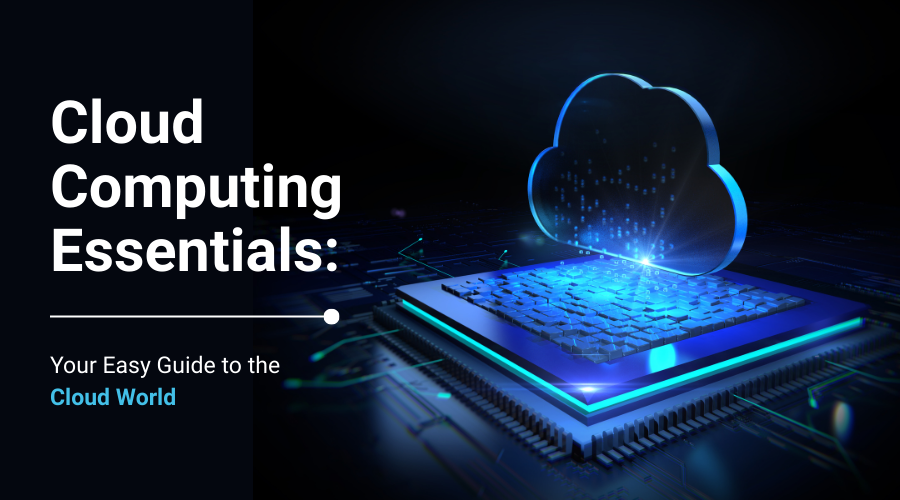
Remember when we all used to buy CDs or download movies onto hard drives, and now everything is just a click away on Netflix or Spotify? That’s pretty much what cloud adoption feels like for businesses. You no longer need giant servers sitting in a back room. Instead, you tap into cloud services that scale as easily as your playlist on shuffle. We’ve unpacked the cloud computing essentials in this blog, a must-read for every startup owner or soon-to-be founder. If you’d like to dig deeper into the basics, here’s a great primer on Cloud Computing Essentials by IBM. It’s packed with examples and easy-to-understand insights.
What is Cloud Computing?
In simple words, cloud computing is storing, managing, and accessing your data or apps online instead of on your own machine, like renting instead of buying. You don’t own the servers; you only pay for what you use, just like electricity.Service Models: IaaS, PaaS, SaaS
IaaS (Infrastructure as a Service): Virtual hardware. Example: AWS EC2 It lets you rent servers without the headache of maintaining them.
PaaS (Platform as a Service): Developers’ playground. Example: Google App Engine It helps you build apps without worrying about backend chaos.
SaaS (Software as a Service): Everyday tools. Example: Dropbox or Zoom You just log in and go.
Together, these models make up the core of cloud infrastructure, each perfect for different business needs.
Public, Private, and Hybrid Clouds
Public Cloud: Shared like a coworking space (AWS, Azure).
Private Cloud: Your own private office; more secure, but pricier.
Hybrid Cloud: The best of both worlds. Use public for flexibility and private for sensitive data.
Why Businesses Love Cloud Migration
The perks of cloud migration are honestly hard to pass up:Scalability: grow as fast as your favorite meme page blowing up overnight.
Cost-efficiency: pay only for what you use instead of sinking money into hardware that gathers dust.
Flexibility: work from anywhere (yes, even that beach where the Wi-Fi keeps playing hide and seek).
Security: with the right cloud security solutions, your data stays protected.
Of course, some businesses still debate between going full cloud or keeping things on-premise. If you’re curious about how the two stack up, check out our blog on Cloud vs On-Premise For Start-ups.
Cloud Readiness Checklist
Before you pack your bags for the cloud, take a quick pause and ask yourself:Have you mapped out your business goals?
Do you really know what your security needs are?
Are you clear on the costs: both upfront and hidden?
Which model makes sense for you: public, private, or hybrid?
And most importantly, do you have a partner you can trust?
Cloud Ladder to Success
Think of moving to the cloud like climbing a ladder step by step:Understand the cloud
Pick the model that fits
Double-check security and compliance
Migrate in phases (no need to sprint)
Keep fine-tuning as you go
Who’s Leading the Cloud Game?
The big players, like AWS, Microsoft Azure, Google Cloud, IBM Cloud, and Oracle Cloud, are setting the standard. Spotting their logos on a solution is often enough to reassure businesses they’re in safe hands. Mobile apps grow with your business, but real magic happens when you pair them with the cloud. Want to see how? Check out our Cloud Services.



.png)
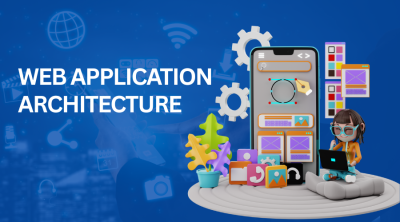
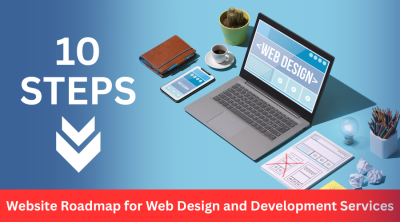
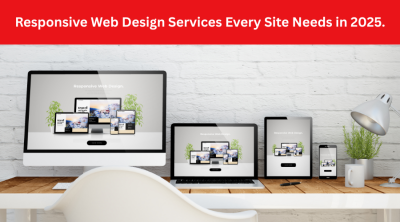


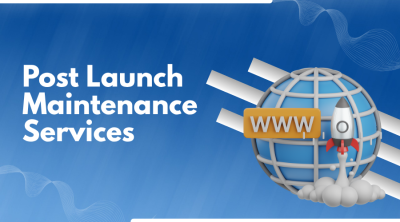
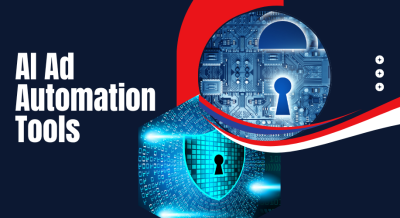
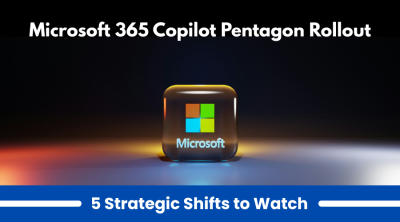



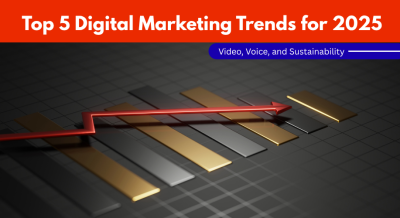
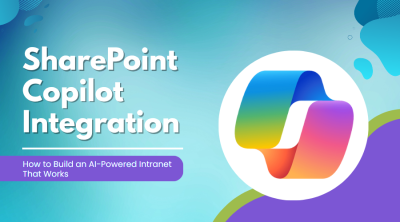
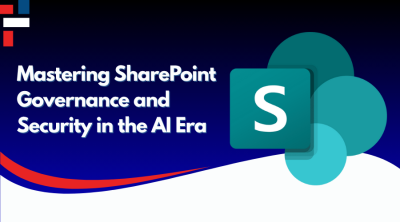
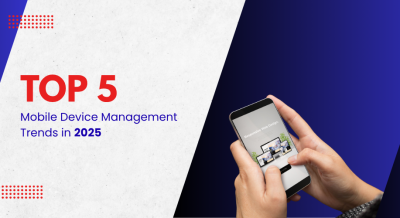

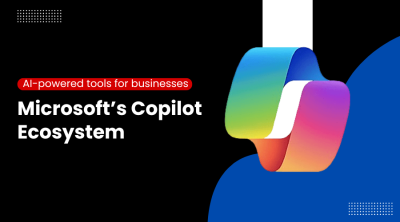

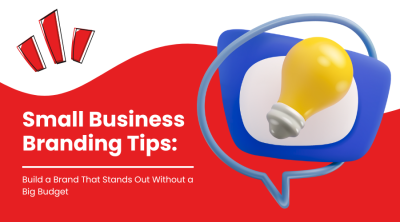

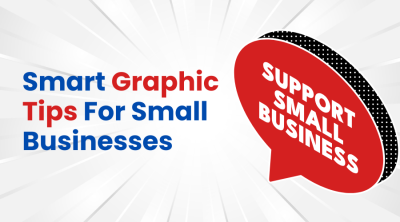
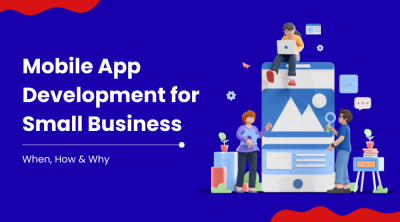

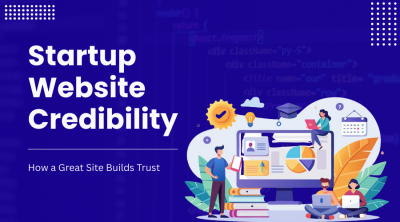
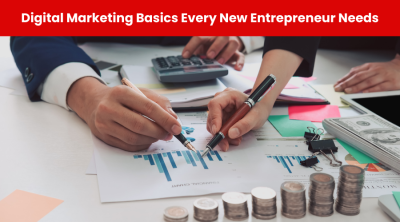

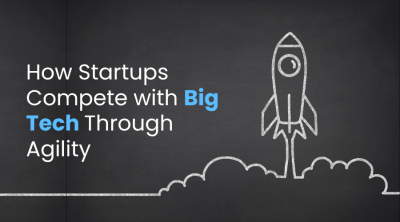
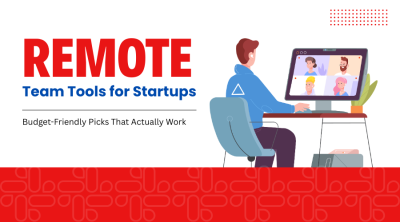
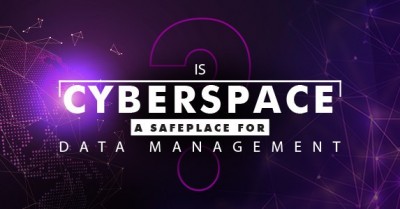




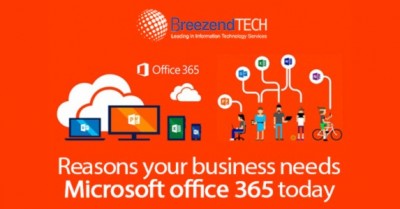
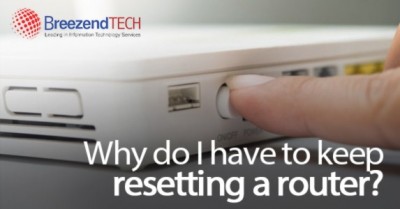
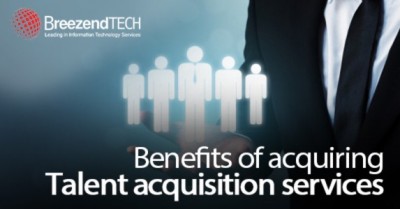
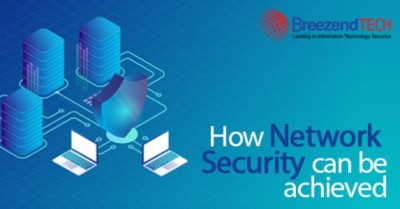
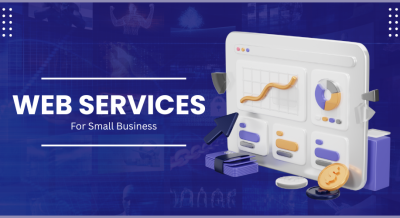

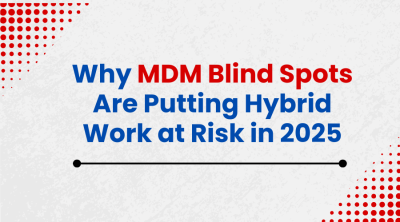
Comments (0)